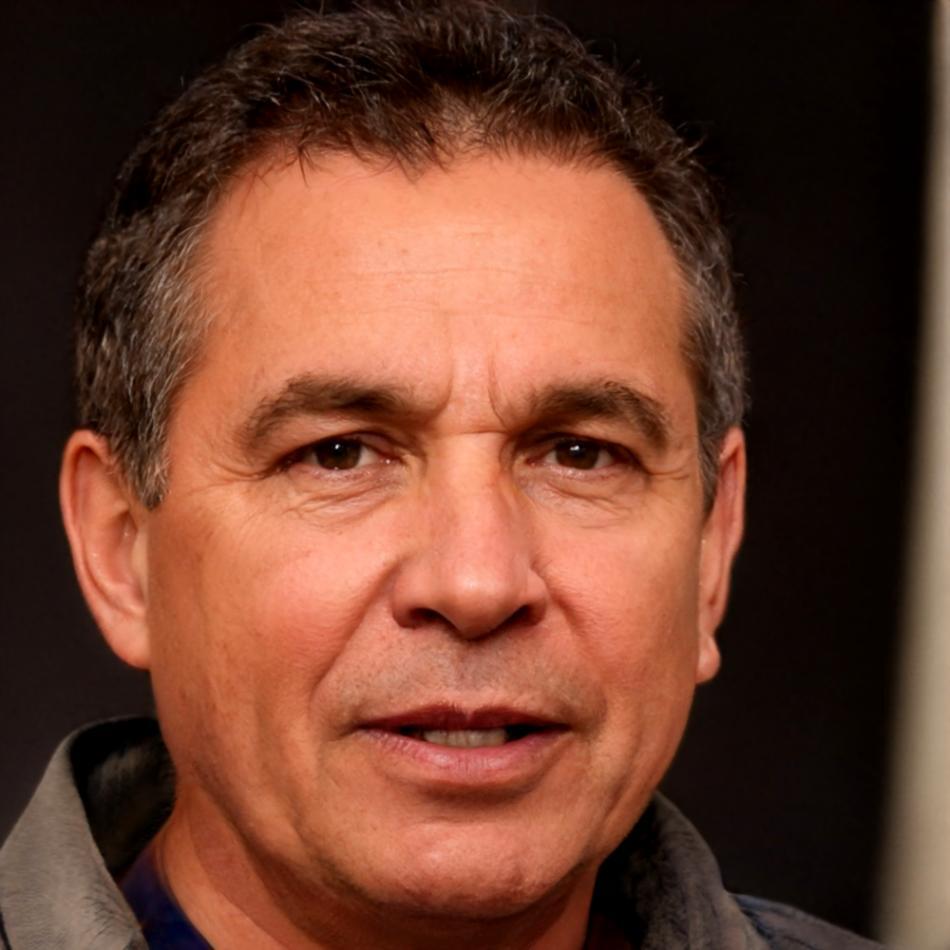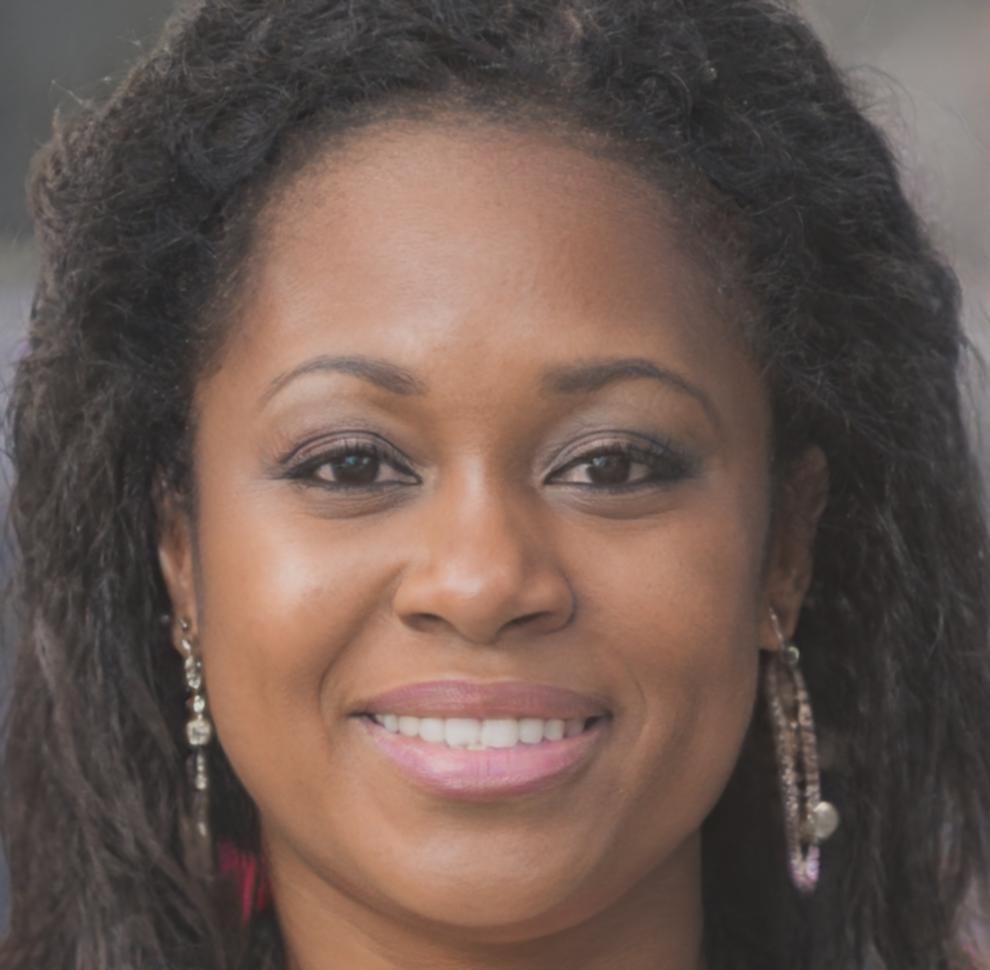Financial Analysis Mastery Program
We designed this for people who want to understand profitability at a deeper level. Not just surface-level dashboards, but real analytical thinking. Starts September 2025, runs for eight months with structured modules and hands-on work.
Request Program Information
What You'll Actually Learn
We skip the fluff. These modules focus on practical skills that financial analysts use daily in Australian businesses.
Core Financial Statements
Reading P&L statements, balance sheets, and cash flow reports. You'll dissect real company financials and spot the patterns that matter. We use anonymized data from actual Australian firms.
Profitability Metrics
Gross margin, EBITDA, net profit ratios—what they mean and when to use them. You'll calculate these from scratch and learn which ones executives actually care about in different industries.
Cost Analysis Methods
Fixed vs variable costs, break-even analysis, and contribution margins. This module gets into the weeds because that's where the insights hide. Plenty of spreadsheet work here.
Forecasting Techniques
Building financial projections that hold up under scrutiny. We cover different forecasting approaches and teach you when to apply each one. Includes scenario planning and sensitivity analysis.
Variance Analysis
Why actual results differ from budgets. This is where you learn to dig into discrepancies and explain what happened in plain English. Critical skill for anyone working with financial data.
Industry Benchmarking
Comparing performance across companies and sectors. You'll access industry databases and learn how to contextualize profitability data. Helps you understand what "good" actually looks like.


Program Details
- Duration: Eight months, September 2025 through April 2026. Structured pace with two modules per month.
- Format: Online sessions twice weekly, recordings available. Mix of lectures and group problem-solving sessions.
- Prerequisites: Basic spreadsheet skills and comfort with numbers. No formal finance background required, though it helps.
- Assessment: Monthly assignments based on real scenarios. Final project involves comprehensive profitability analysis of a company.
- Instructors: Stellan Voss and Maren Falk both worked in corporate finance for years before shifting to education. They bring practical experience.
- Class Size: Limited to 24 participants. Small groups mean actual interaction and personalized feedback on your work.
How This Works

Weekly Structure
Tuesday evenings cover new concepts. Thursday sessions apply those concepts to case studies. Between sessions, you work through problem sets—expect to spend 6-8 hours weekly on coursework.
The rhythm matters. We don't dump everything on you at once. Each module builds logically, and you get time to absorb ideas before moving forward.
What Happens After
Finishing the program doesn't guarantee anything—let's be clear about that. But participants walk away with a solid foundation in financial analysis that applies across industries.
Some use these skills in their current roles. Others shift into analyst positions. A few have launched consulting practices. Results vary because everyone starts from different places and has different goals.
We offer alumni access to updated materials and quarterly refresher sessions. The financial world changes, and staying current matters if you want to maintain credibility.